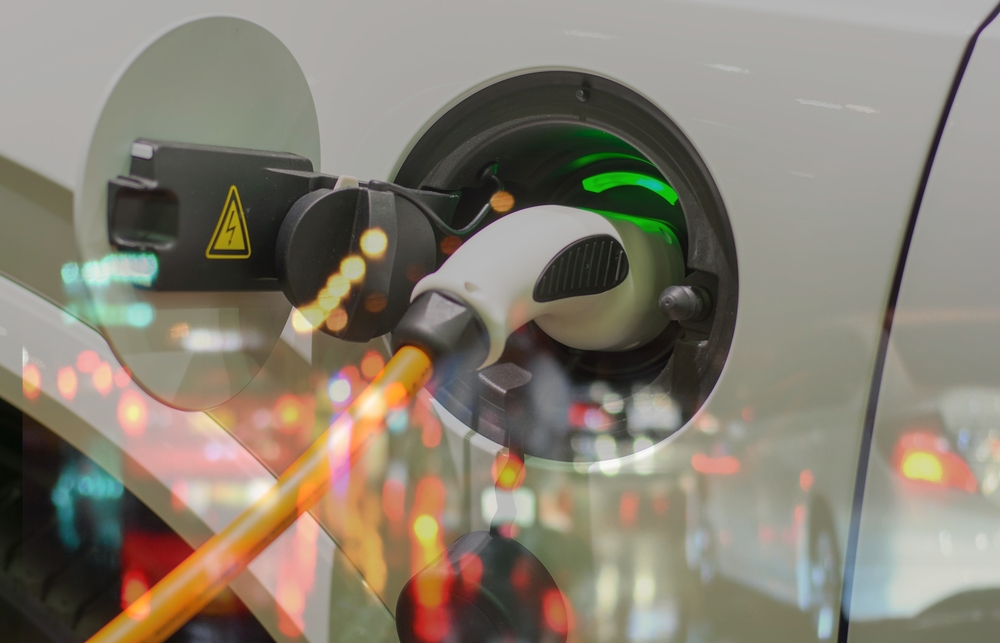
Within electric vehicles are numerous processes and mechanisms that take place in order for them to reach their target performance. The most energy-dense part of an electric vehicle is the battery itself, with most functioning in the 400-800 voltage range. Due to the high volumes of energy that are being produced during normal operation of an electric vehicle, significant safety measures that have to be present so that the risks of malfunction, damage or at worse, harm to the driver and passengers, are minimal.
At Elmelin, we specialise in high temperature insulation for a range of industries, most notably for automotive. The shift toward electric vehicles has been a result of both the improvement and greater accessibility of electric vehicles, as well as cultural changes as people are becoming more environmentally conscious and seeking alternatives to fossil fuels. We pride ourselves on being able to provide sustainable, high quality thermal management solutions for electric vehicles.
Passive fire protection
The first line of defence in an electric vehicle is passive fire protection. It is a vital safety feature which aims to slow down or entirely stop the spread of fire and smoke, allowing drivers, passengers and bystanders to exit the vehicle and reach a safe distance. Passive fire protection within electric vehicles is often in the form of high temperature insulating materials covering vulnerable components or areas at risk of fire. Lithium-ion batteries operate at high temperatures and naturally pose a greater risk of fire, often stemming from thermal runaway. However, electric vehicles contain multiple other potential fire sources that require protection, including the auxiliary heater, AC and electrical cabinet.
Thermal runaway
Electric vehicle batteries are under significant risk of thermal runaway. This process occurs due to a fault or failure of a battery cell in some way. A variety of faults can happen over the lifespan of a battery cell, with some being as simple as the breakdown of the separator between the anode and electrolyte. Due to the nature of these battery cells, when faults or failures occur, it oftens results in the generation of increased temperature. More energy is then released, resulting in extreme temperatures and the eventual ignition of flammable gases produced by the electrolyte breaking down. When the separator melts, a positive feedback loop exists as the cathode then begins to break down, releasing oxygen. At this stage, the oxygen further fuels the fire often leading to destruction of the vehicle.
Thermal runaway is particularly an issue for lithium-ion batteries. At 60°C, the risk begins to build up, and continues to do so up until 100°C, where the risk is at a critical point. The danger of thermal runaway is exacerbated by its rapid onset; once the process has begun, temperatures rise dramatically within milliseconds. This therefore highlights the importance of thermal management for electric vehicles, specifically the passive fire protection and heat shields within the battery packs.
As previously mentioned, thermal runaway often occurs when there is a fault with a battery cell. However, there are certain bad practices that can lead to an increased risk of thermal runaway taking place. Firstly, overcharging or discharging the battery beyond the recommended charge window can lead to the formation of lithium plating and dendrite formatting on the anode, which can then pierce the separator. Furthermore, physical damage to the battery cells as a result of impact or mishandled installations and repairs can also cause piercing and penetration. These can lead to electrical short circuiting and heating. Short circuits occur when there is a failure of a separator, resulting in contact between the anode and cathode.
Elmelin solutions
Our mica-based passive fire protection solutions utilise mica’s superior thermal properties. High temperatures that are produced within the battery packs and cells require suitable insulation and protection for both safety and enabling strong performance of the battery and vehicle itself. Mica has unique physical properties which make it an excellent choice for insulation applications. It is extremely durable and adaptable due to its mineral composition, and it can withstand temperatures of up to 1000ºC. The microporous nature also means it is highly effective in combating the three core forms of heat transfer- conduction, convection and radiation.
A solution we provide for improving electric vehicle thermal management safety is Compression Pads Plus. These consist of mica that is silicon resin bonded in between two layers of insulating materials, and are unique in the sense that they apply suitable mechanical pressure to the battery cells which allows for the expansion and contraction, or ‘breathing’. This improves the tolerance to extreme temperatures and helps to mitigate the risk of thermal runaway. Mica can also be combined with various other insulation materials and products in order to further slow down thermal propagation.
If you’d like to find out more about our insulation solutions for electric vehicles and other automotive applications, get in touch here.
